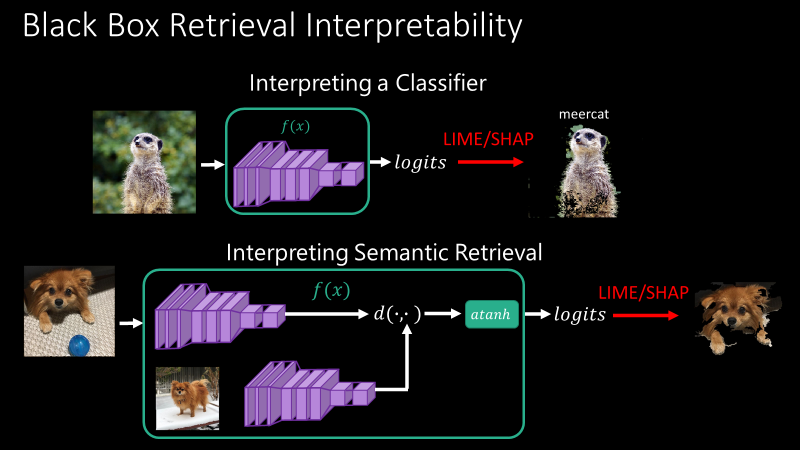Problem: Design today is not a scalable process. Whether fashion designers are creating new clothing, architects are creating new buildings, or artists are creating new sculptures/paintings/etc.
Solution: A business that focuses on breathing life into the old to create something new: it would use algorithm to tag, analyze, and understand old images to recreate them in new styles for a modern audience.
This idea is largely inspired by the many researchers and scientists at Mosaic AI (aka.ms/mosaic). You can read their research paper about “Conditional Image Retrieval” and see their source code on GitHub. As they write,
Art is one of the few languages which transcends barriers of country, culture, and time. A collaboration between the Cognitive Services Research Team and MIT has yielded an algorithm that can help discover the common semantic elements of art even between any culture, media, artist, or collection within the combined artworks of The Metropolitan Museum of Art and The Rijksmusem. We call these connections “visual analogies” and have created a website where you can explore the method for yourself.
This project had quite a few contributors including MIT Externs (@Darius A Bopp, @Felix Tran, @Zhenbang Chen, @Mindren D Lu, @Marina O Rogers, @Johnny M Bui, @Margaret X Wang, @Stephanie Fu), Microsoft Garage Team and Mentors (@Chris Templeman, @Linda Thackeray, @Jean-Yves Ntamwemezi, @Anunaya Pandey @Dalitso Banda), and various other Advisors, Mentors, and Collaborators (@Chris Hoder, Professor William T Freeman @billf, @Anand Raman, @Lei Zhang, @Christina Lee, @Al Bracuti).
In an email from Mark Hamilton (one of the leads on this project) he described the innovation of this project in three ways.
Conditional Image Retrieval: Image retrieval systems allow individuals to find images that are semantically similar to a query image. This serves as the backbone of reverse image search engines and many product recommendation engines. We present a novel method for specializing image retrieval systems called conditional image retrieval. When applied over large art datasets, conditional image retrieval provides visual analogies that bring to light hidden connections among different artists, cultures, and media. Conditional image retrieval systems can efficiently find shared semantics between works of vastly different media and cultural origin. Our paper introduces new variants of K-Nearest Neighbor algorithms that support specializing to particular subsets of image collections on the fly.
Deep Semantic Similarity: To find artworks with similar semantic structure we leverage "features" from deep vision networks trained on ImageNet. These networks map images into a high-dimensional space where distance is semantically meaningful. Here, nearest neighbor queries tend to act as "reverse image search engines" and similar objects often share common structure.
Black Box Image Search Engine Interpretability: We introduce new generalizations of LIME and SHAP that allow for interpreting image retrieval methods without knowing how they are built. These approaches can help diagnose errors in image retrieval methods and help you understand why deep networks consider images similar.
More on point 2 above
More on point 3 above
As you can see, there’s tons of research in this space. The business would use this technology and algorithms to create new designs for sale that have already been “proven” by the popularity of history and association. If there truly is “nothing new under the sun” an algorithm like this could be game-changing for algorithmic design.
Monetization: Selling this algorithm’s ability to generate new designs that (when paired with human knowledge) can generate entirely new design solutions.
Contributed by: Michael Bervell (Billion Dollar Startup Ideas)




